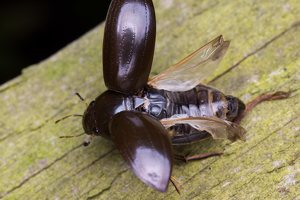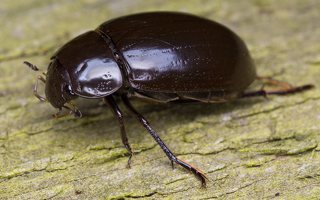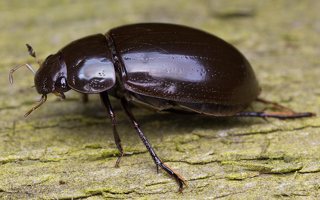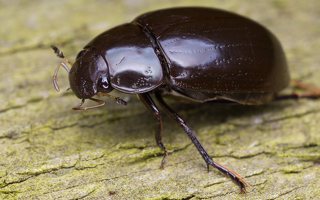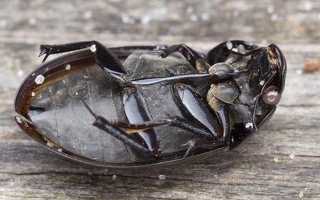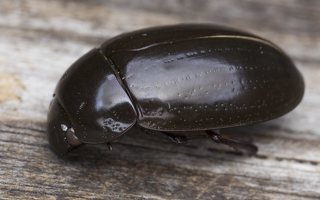- sort orderDefault
Photo title, A → Z
Photo title, Z → A
✔ Date created, new → old
Date created, old → new
Date posted, new → old
Date posted, old → new
Visits, high → low
Random - Google Map
- map
 home / Insecta · vabzdžiai / Coleoptera · vabalai / Hydrophilidae · kūdravabaliai / Hydrochara caraboides · žygiškasis kūdravabalis
home / Insecta · vabzdžiai / Coleoptera · vabalai / Hydrophilidae · kūdravabaliai / Hydrochara caraboides · žygiškasis kūdravabalis

Hydrochara caraboides · žygiškasis kūdravabalis
- lesser silver water beetle
- Kleine Kolbenwasserkäfer, Stachelwasserkäfer
- žygiškasis kūdravabalis
- mazais ūdensmīlis
- kałużnik biegaczowaty
- en.wikipedia.org/wiki/Lesser_silver_water_beetle
- PDF: publications.naturalengland.org.uk/file/111026
H. caraboides has a wide distribution in the West Palaearctic, and extends east as far as the Lena river basin in Siberia. It is absent from the Iberian peninsula, north Africa and the eastern Mediterranean. The beetle is about 15 mm long and, despite the name, is actually black in color. It traps air with the hairs on the underside of its body in order to breathe below water, and it is this silver looking bubble of air that gives the beetle its name. It seems Hydrochara adults may be herbivorous and larvae are predators.
The egg cocoon is made of white silk and is tent-shaped, with a long silken mast. It is extremely cryptic, as it is wrapped in a leaf, usually a dead tree leaf, though dead or green leaves of other plants will also be used on occasion. The egg cocoon is free-floating and it looks very much like a dead, floating leaf, with the mast looking like the upturned leaf stem.
The larva of H. caraboides is of a formidable appearance, with the large head being surmounted by a pair of strongly developed, two-toothed mandibles. In life the mandibles are characteristically held open, and the head is also furnished with long and prominent antennae and maxillary palps. The larva has three instars. The upper surface of the eight and ninth abdominal segments are modified to form a “breathing pocket”, which the larva breaks the water film with in order to breathe.
The pupa has the long bristles with which the sides of the abdomen are furnished. To begin with, it is white in colour, but towards eclosion, the pupa changes to a striking pale green. This colour is also noticeable on the abdomen and elytrae of the newly emerged adult, with the colour darkening gradually over one to two days.

